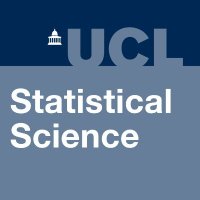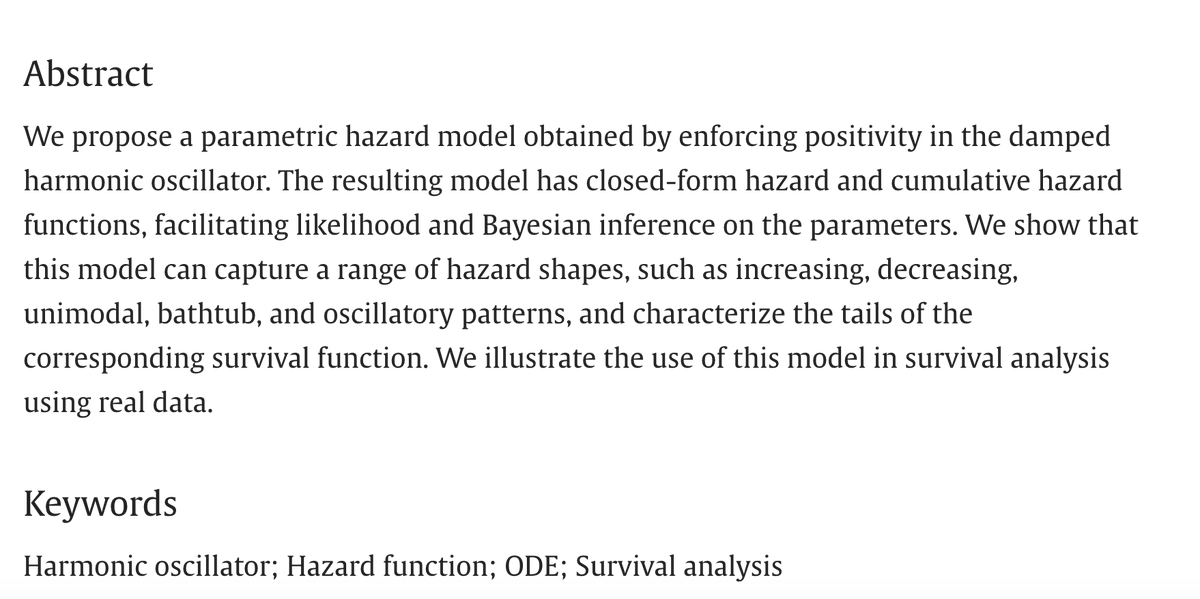
F. Javier Rubio
@fjavierrubio1
Lecturer at the Department of Statistical Science (@stats_UCL) of @ucl. All opinions my own. #rstats #JuliaLang #Bayesian #Statistics #Biostatistics 🇲🇽🇬🇧
ID: 881430388467544066
https://sites.google.com/site/fjavierrubio67/ 02-07-2017 08:32:35
1,1K Tweet
1,1K Followers
808 Following

In case you may be interested... UCL Statistical Science is now active also on Bsky and soon on Mastodon too! bsky.app/profile/statis… mastodon.social/@statistics_UCL Follow us everywhere! 😉


If you are interested in pursuing a #PhD at UCL Statistical Science (Oct/25) in #Bayesian methodology and computational #statistics, co-supervised by Sam Livingstone and myself, feel free to reach out. A strong academic background and proven experience in these areas are essential.







I look forward to speaking next week (06/11) at the RSSNI Autumn Seminar Series in Belfast. "Near-redundancy and Practical non-identifiability in survival models (and beyond)" rss.org.uk/training-event… Royal Statistical Society Queen's University Belfast 🎓


My short paper with JA Christen "On harmonic oscillator hazard functions" has been accepted for publication in Statistics & Probability Letters. S&P Letters 🦋 @spletters.bsky.social doi.org/10.1016/j.spl.… R #rstats code and data can be found at: github.com/FJRubio67/HOH



My colleague Sam Livingstone is currently advertising an EPSRC funded PhD project on “Next generation adaptive Markov chain Monte Carlo algorithms” at UCL. ucl-epsrc-dtp.github.io/2025-26-projec… Suitable candidates can contact Sam directly for more information ([email protected])

JA Christen and F. Javier Rubio (UCL) introduce a parametric hazard model inspired by the damped harmonic oscillator from classical mechanics. It can capture a range of shapes, such as increasing, decreasing, unimodal, bathtub, and oscillatory patterns. 🔗sciencedirect.com/science/articl…

Gappy (Giuseppe Paleologo) Adam Wierman Bert Zwart Interesting, thank you for the example and the references 🙏🏻 My favourite example/warning of a way to (often unwillingly) create a heavy-tailed random variable is to take a ratio, e.g. (by F. Javier Rubio et al.): researchgate.net/profile/F-Rubi…





